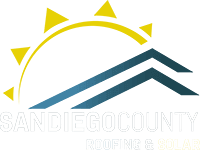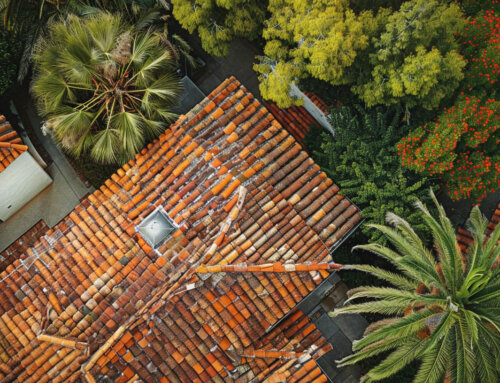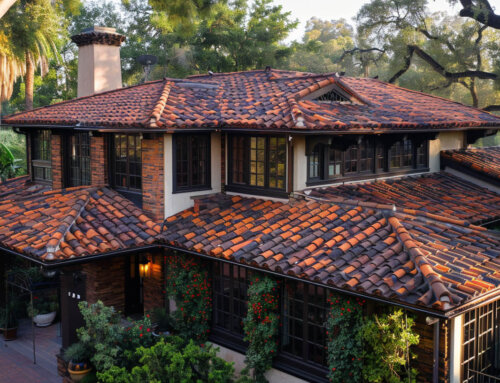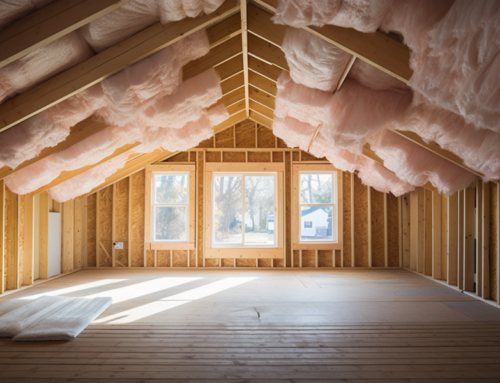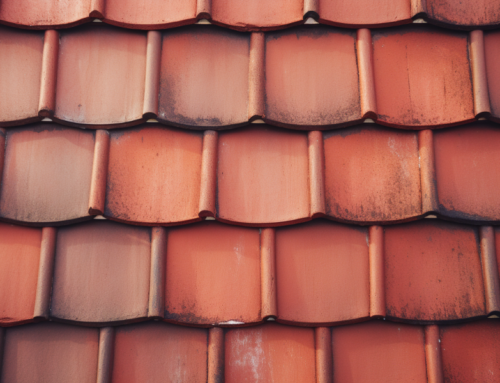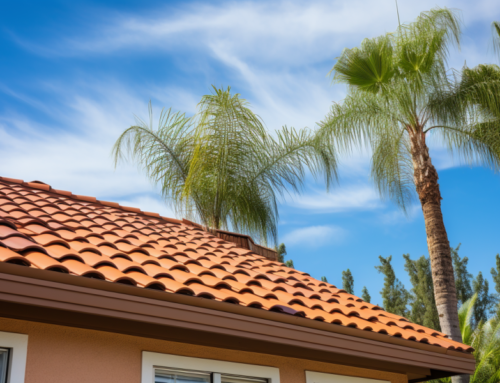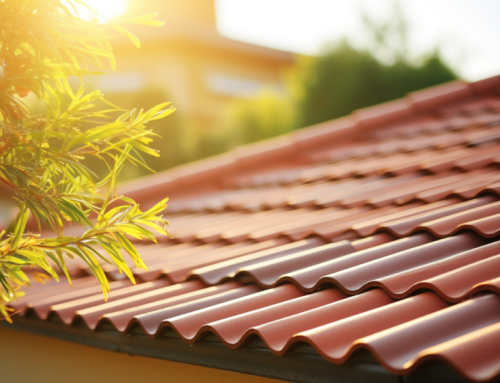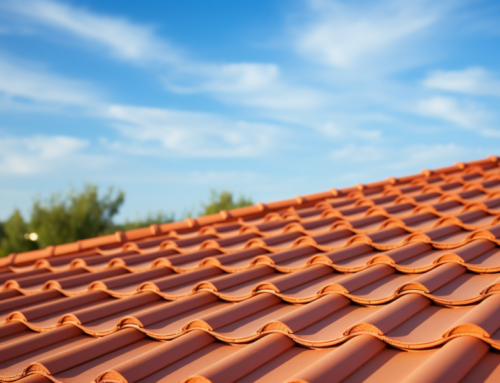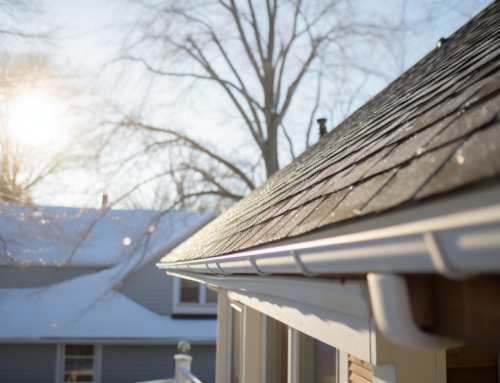As experienced roofing contractors in San Diego, we understand homeowners’ frustration when they spot those unsightly dark streaks on their roof shingles. These dark streaks are typically caused by a common problem known as “roof algae,” scientifically referred to as Gloeocapsa Magma.
In this comprehensive article, San Diego County Roofing & Solar will explore the reasons behind the presence of roof algae and provide effective solutions to remove and prevent its growth. Let’s dive in.
Understanding Roof Algae
Roof algae, or “black streaks,” are a type of cyanobacteria that thrives in warm and humid climates, making any roofing susceptible to their presence. These microscopic organisms spread through airborne spores and can quickly take root on your roof’s shingles, creating those unsightly stains that mar the beauty of your home.
The Impact of Roof Algae
Apart from the obvious cosmetic impact, roof algae can have more serious consequences if left untreated. The algae’s dark pigments absorb sunlight, causing your roof to retain more heat, which can lead to higher indoor temperatures and increased energy bills. Furthermore, the presence of algae can accelerate the deterioration of your shingles, reducing their lifespan and necessitating costly repairs or replacements.
Preventive Measures
Here are some steps you can take to ensure the safety of your roof.
1. Regular Roof Inspections
To maintain a pristine roof, it is crucial to schedule regular roof inspections with local roofing companies in San Diego. Professional inspections can help identify early signs of roof algae and other potential issues, allowing for prompt action and preventing further damage.
2. Professional Roof Cleaning
Engage the services of reputable roofing contractors to conduct periodic roof cleaning. Avoid removing algae alone, as improper methods or harsh chemicals can damage your shingles. A professional roof cleaning service will use safe and effective techniques to eradicate algae without causing harm.
3. Installing Zinc or Copper Strips
Consider installing zinc or copper strips along the ridge of your roof. When rainwater flows over these strips, it carries tiny particles of the metals down the roof, preventing algae growth in the process. This eco-friendly solution provides long-term protection against roof algae.
DIY Solutions for Mild Algae Growth
If the algae growth is mild and you prefer to tackle the issue yourself, follow these steps:
- Safety First: Wear appropriate safety gear, such as gloves and non-slip shoes, before accessing your roof.
- Cleaning Solution: Prepare a cleaning solution with equal parts water and white vinegar or oxygen bleach. Avoid using chlorine bleach, as it can harm the environment and corrode metal components of your roof.
- Gentle Scrubbing: Apply the cleaning solution to the affected areas and gently scrub with a soft-bristled brush. Avoid using pressure washers, as they can damage your shingles.
- Rinse Thoroughly: Rinse the roof thoroughly with clean water to remove any residue from the cleaning solution.
- Preventive Measures: After cleaning, implement the preventive measures mentioned earlier to hinder future algae growth.
The San Diego County Building Department offers more tips for homeowners in such conditions. You can always visit the site when you want to understand certain things better.
Conclusion
Understanding the nature of roof algae and taking appropriate preventive measures can keep your San Diego County roofing free from those unsightly dark streaks. Regular inspections, professional cleaning, and installing protective strips will ensure your roof remains in top-notch condition, enhancing your home’s curb appeal and longevity.
Don’t let roof algae get the upper hand; take action now to preserve the beauty and integrity of your roof. Remember, at San Diego County Roofing & Solar, we are always here to assist you in maintaining a roof that stands out for all the right reasons.
